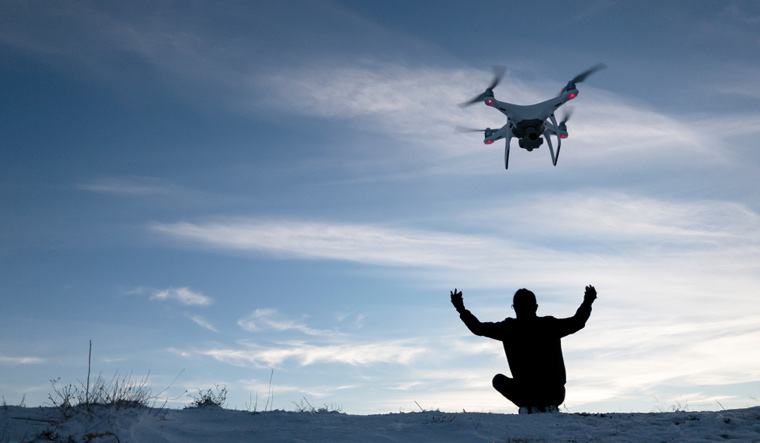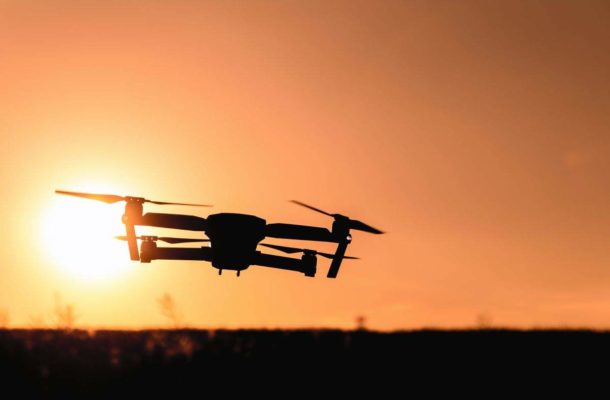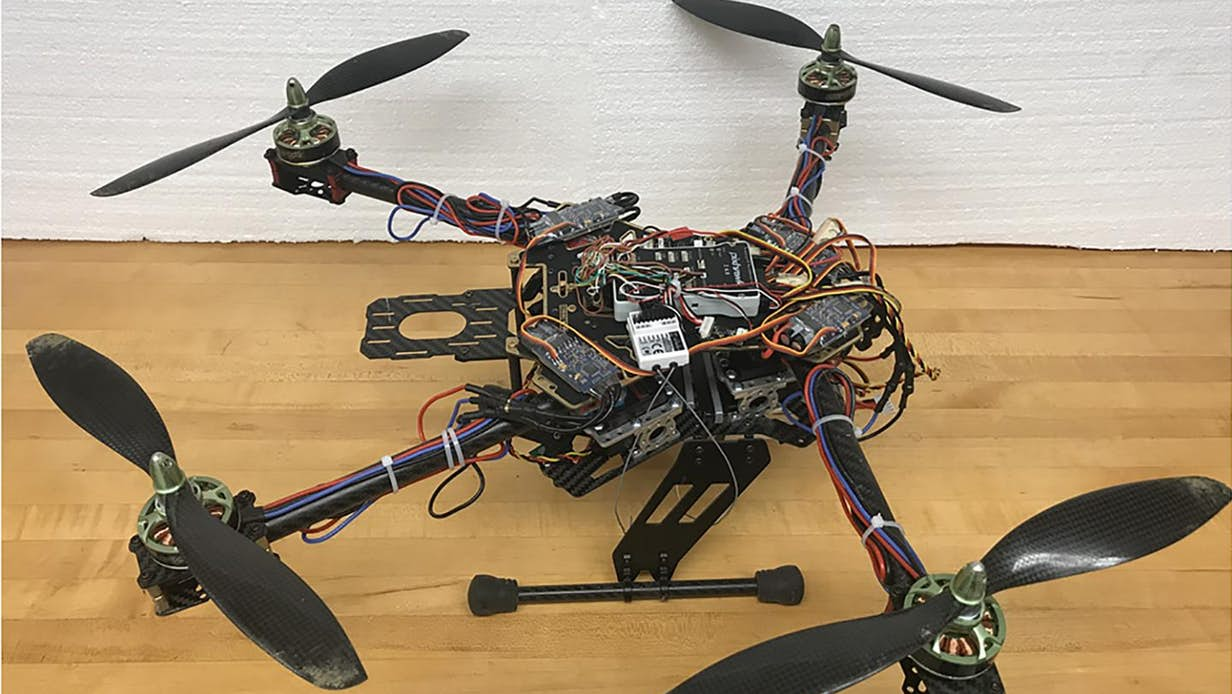What you are looking at is a prototype drone that comes from a team at Indiana’s Purdue University. The prototype was developed by the team under the leadership of Assistant Professor Xiumin Diao. The prototype drone has been inspired by insects.

Quadcopters generally feature four rigid propeller-bearing arms, right? On the other hand, insects can vary their wings’ angles depending upon the situation. The team took inspiration from this ability of insects to create this prototype drone that is capable of folding arms during flight thus allowing for increased performance.
What you realize right away is the fact that this prototype drone is far better than the conventional drones when it comes to flying in windy conditions. Why? Because it can adjust its arms autonomously for maintaining its center of gravity. The traditional drones cannot do this and end up crashing if the winds are strong enough.

Furthermore, this prototype drone is able to carry asymmetrically-shaped payloads and can compensate for the haphazard weight distribution of such payloads by adjusting its own center of gravity. The folding arms also enable the prototype drone to be more energy-efficient as opposed to its competitors. It helps to save energy because by angling its arms, it can utilize the fullest potential of thrust. The best part? The prototype drone can easily squeeze through tight spaces and is, therefore, a reliable choice for search and rescue mission.
By folding its arms, the prototype drone can make itself thinner – similar to the morphing quadcopters that have already been introduced by the University of Zurich and France’s Étienne Jules Marey Institute of Movement Sciences.

The technology has already been patented by Purdue’s Office of Technology Commercialization and is currently looking for manufacturers in the industry. A paper has also been published on the research in the journal Dynamic Systems, Measurement and Control.



I am now wondering if students will be able to make similar drone for their design projects. Well, good luck!